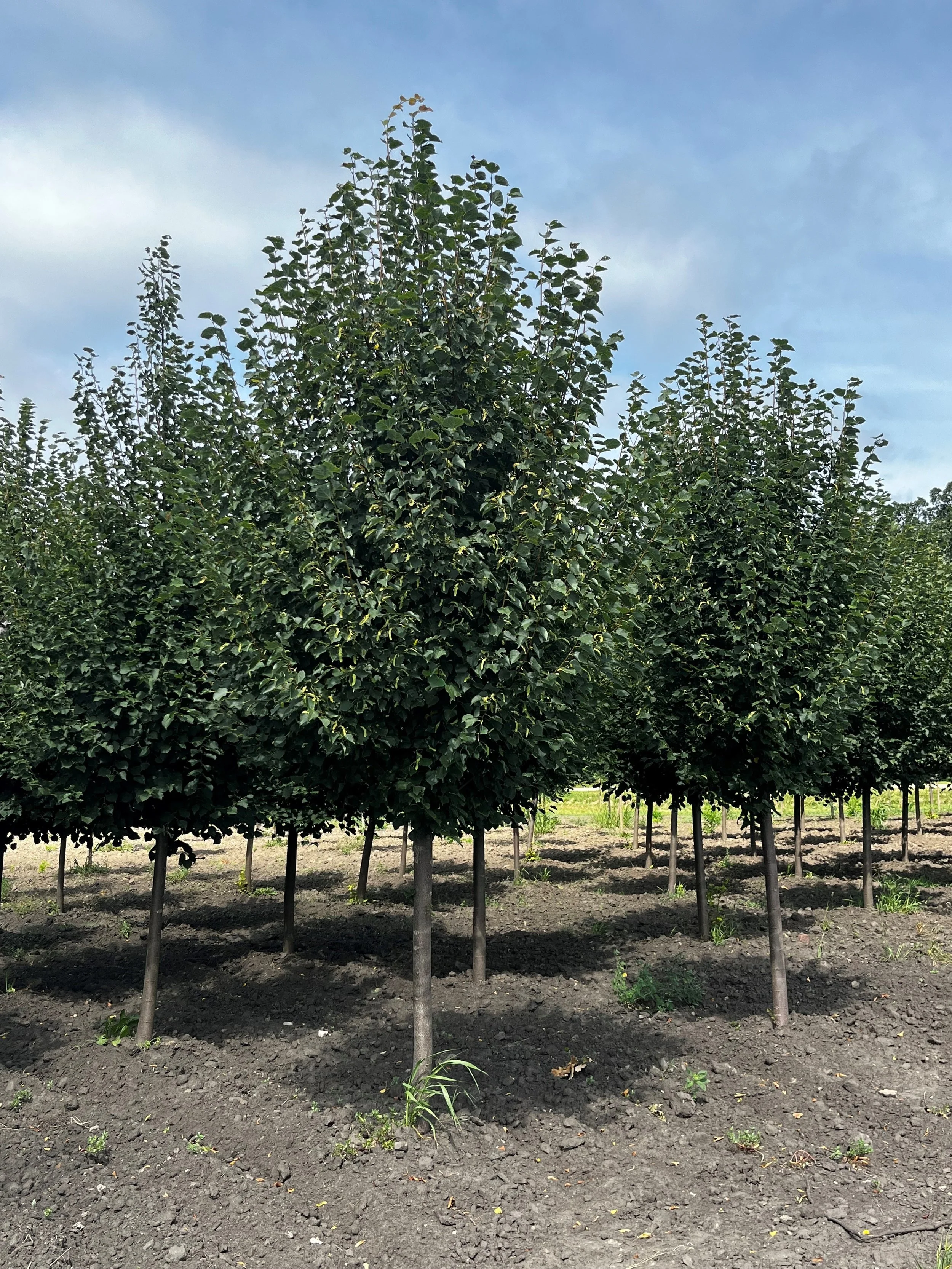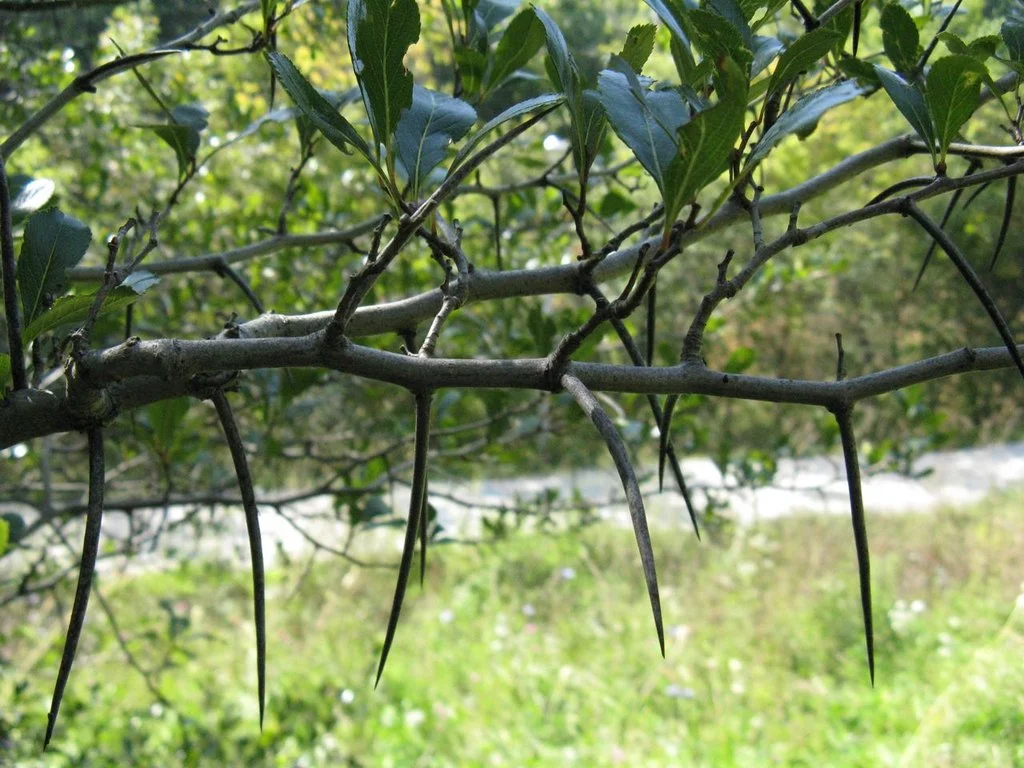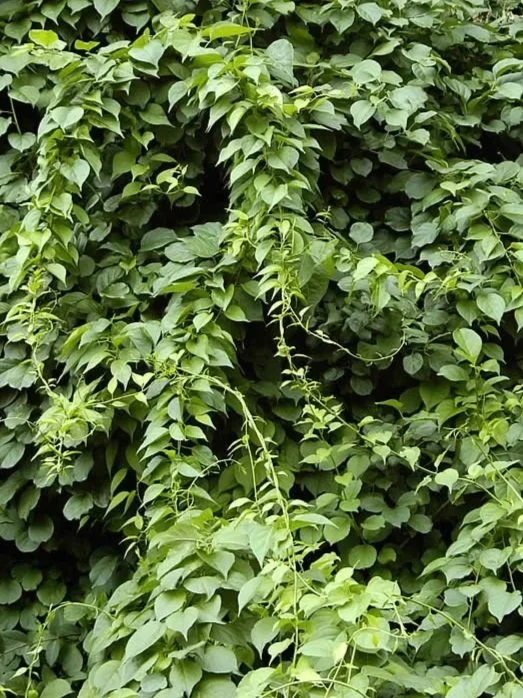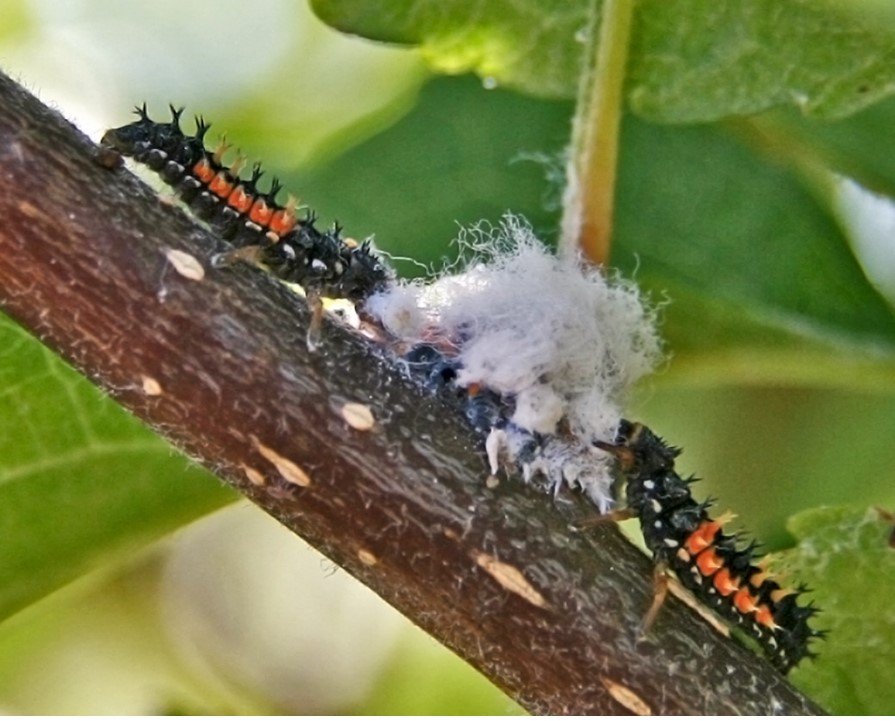“No Rake” Trees
Gleditsia leaves in fall
Yes, You Can Have a Shade Tree and Not Rake: Embracing Taxodium, Metasequoia, and Gleditsia
Fall is a beautiful season, with its vibrant foliage and crisp air. However, for many homeowners and landscapers, it also means hours of backbreaking work raking up or blowing leaves that have fallen from their trees. But what if we told you that you can have stunning trees that won't inundate your yard with leaves every autumn? Several great trees to consider are Taxodium, Metasequoia, and Gleditsia – three tree species with very small leaves that make fall cleanup a breeze.
Taxodium - The Bald Cypress
The Taxodium, commonly known as Bald Cypress, is a magnificent tree native to the southeastern United States. What sets this tree apart from others in the fall is its needle-like leaves, which are deciduous and turn a beautiful rust-orange color before gently dropping to the ground. The small size and delicate nature of these leaves make them easy to manage. Unlike those pesky, large leaves from many other tree species, Taxodium leaves decompose quickly and enrich your soil with nutrients, eliminating the need for raking.
The Taxodium's adaptability to various soil types and its tolerance to wet conditions make it an ideal choice for landscapes in both urban and rural settings. Planting a Taxodium in your yard not only adds aesthetic appeal but also contributes to an effortless fall cleanup routine.
Metasequoia - The Dawn Redwood
Metasequoia, commonly referred to as Dawn Redwood, is a unique tree species that offers year-round beauty. In the fall, its feathery, fern-like leaves turn a rich reddish-brown before gently falling. The small size and fine texture of these leaves make them practically hassle-free when they accumulate on your lawn.
What's even more intriguing about Metasequoia is its living fossil status. These trees were once thought to be extinct but were rediscovered in the mid-20th century. They have a remarkable history that adds a fascinating story to your landscape. By planting a Metasequoia, you not only avoid extensive and time consuming leaf cleanup but also become a steward of a living relic.
Gleditsia - The Honey Locust
The Gleditsia, commonly known as Honey Locust, is another excellent choice for homeowners seeking minimal fall leaf maintenance. These trees boast pinnately compound leaves that are divided into small leaflets, reducing the amount of debris that collects on your lawn. In the fall, their leaves turn a vibrant yellow, adding a touch of golden elegance to your landscape.
One of the distinct advantages of the Honey Locust is its adaptability to a wide range of soil conditions and its tolerance to urban environments. They are also known for their attractive, dappled shade, making them a popular choice for those who wish to enjoy the outdoors without being completely exposed to the sun.
If you've ever been deterred from planting trees in your yard because of the daunting prospect of fall leaf cleanup, it's time to reconsider. With species like Taxodium, Metasequoia, and Gleditsia, you can enjoy the benefits of having trees without the headache of raking. A simple bagging or mulching mower is all you need to tidy up in fall. These trees offer both aesthetic beauty and practicality, making them a perfect addition to any landscape.
So, go ahead and plant a Taxodium, Metasequoia, or Gleditsia in your yard. Embrace the beauty of fall without the burden of endless leaf removal. With these trees, you can savor the changing seasons while preserving your back and your free time.
Scroll Down for Spanish Version 〰️
Scroll Down for Spanish Version 〰️
Tener un Árbol de Sombra y Evitar el Rastrillo: Abrazando a Taxodium, Metasequoia y Gleditsia
El otoño es una estación hermosa, con su follaje vibrante y el aire fresco. Sin embargo, para muchos propietarios y paisajistas, también significa horas de trabajo agotador rastrillando o soplando hojas que han caído de sus árboles. ¿Pero qué pasaría si te dijéramos que puedes tener árboles impresionantes que no inundarán tu jardín de hojas cada otoño? Varias opciones de árboles para considerar son Taxodium, Metasequoia y Gleditsia, tres especies de árboles con hojas muy pequeñas que hacen que la limpieza de otoño sea pan comido.
Taxodium - El Ciprés Calvo
El Taxodium, comúnmente conocido como Ciprés Calvo, es un magnífico árbol nativo del sureste de los Estados Unidos. Lo que diferencia a este árbol de otros en otoño son sus hojas en forma de aguja, que son caducas y cambian a un hermoso color naranja óxido antes de caer suavemente al suelo. El tamaño pequeño y la naturaleza delicada de estas hojas facilitan su manejo. A diferencia de esas molestas hojas grandes de muchas otras especies de árboles, las hojas del Taxodium se descomponen rápidamente y enriquecen tu suelo con nutrientes, eliminando la necesidad de rastrillar.
La adaptabilidad del Taxodium a varios tipos de suelos y su tolerancia a las condiciones húmedas lo convierten en una elección ideal para paisajes tanto en entornos urbanos como rurales. Plantar un Taxodium en tu jardín no solo agrega atractivo estético, sino que también contribuye a una rutina de limpieza de otoño sin esfuerzo.
Metasequoia - El Secuoya de Dawn
Metasequoia, comúnmente conocida como la Secuoya de Dawn, es una especie de árbol única que ofrece belleza durante todo el año. En otoño, sus hojas plumosas y parecidas a helechos cambian a un rico color marrón rojizo antes de caer suavemente. El tamaño pequeño y la fina textura de estas hojas hacen que sean prácticamente sin complicaciones cuando se acumulan en tu césped.
Lo que es aún más intrigante acerca del Metasequoia es su estatus de fósil viviente. Se pensaba que estos árboles estaban extintos, pero fueron redescubiertos a mediados del siglo XX. Tienen una historia notable que agrega una narrativa fascinante a tu paisaje. Al plantar un Metasequoia, no solo evitas la tediosa limpieza de hojas de otoño, sino que también te conviertes en un protector de un relicto viviente.
Gleditsia - El Acacia de Tres Espinas
El Gleditsia, comúnmente conocido como el Acacia de Tres Espinas, es otra excelente opción para los propietarios que buscan un mantenimiento mínimo de hojas en otoño. Estos árboles tienen hojas compuestas pinadas que se dividen en pequeños folíolos, reduciendo la cantidad de escombros que se acumulan en tu césped. En otoño, sus hojas cambian a un vibrante amarillo, añadiendo un toque de elegancia dorada a tu paisaje.
Una de las ventajas distintivas del Acacia de Tres Espinas es su adaptabilidad a una amplia gama de condiciones de suelo y su tolerancia a entornos urbanos. También son conocidos por proporcionar sombra atractiva y moteada, lo que los convierte en una opción popular para aquellos que desean disfrutar del aire libre sin estar completamente expuestos al sol.
Si alguna vez te has desanimado de plantar árboles en tu jardín debido a la desalentadora tarea de limpiar las hojas en otoño, es hora de reconsiderarlo. Con especies como Taxodium, Metasequoia y Gleditsia, puedes disfrutar de los beneficios de tener árboles sin la molestia de rastrillar. Un simple recolector de hojas o una cortadora de césped con función de mulching es todo lo que necesitas para mantener la limpieza en otoño. Estos árboles ofrecen belleza estética y practicidad, lo que los convierte en una adición perfecta a cualquier paisaje.
Así que adelante y planta un Taxodium, Metasequoia o Gleditsia en tu jardín. Aprovecha la belleza del otoño sin la carga de retirar innumerables hojas. Con estos árboles, puedes disfrutar de las estaciones cambiantes mientras cuidas tu espalda y tu tiempo libre.















